10 Greatest Inventions of Nikola Tesla
Nikola Tesla was a man with big ideas, if you couldn’t tell by the 300 patents to his name. Unfortunately, he was way ahead of his time and while a lot of his more elaborate ideas theoretically worked, they never really panned out. Still, while he never received the recognition of his chief rival Thomas Edison, the man was a brilliant inventor who gave the world some amazing and pioneering innovations. Here are some of the most incredible creations of Nikola Tesla.
10. The Tesla Coil
The Tesla coil was invented in 1891 and uses two coils, a primary and a secondary, with each coil having its own capacitor. A capacitor, like a battery, stores energy. The coils are connected to a spark gap, which is just open air where the spark can generate, and the result is that the Tesla Coilcan shoot lightning bolts, send electric currents through the body and create electron winds.
Tesla developed this innovation because he was obsessed with powering cities wirelessly. Today, the Tesla Coil is mostly used for entertainment and can be seen in places like science centers and museums, and some elements of it are also used in radios. The importance of the Tesla Coil comes from the fact that it helped engineers understand the nature of electricity how to use it.
9. The Magnifying Transmitter
Tesla became obsessed with transferring power without wires and thought it was possible to do it at higher altitudes, so after securing funding he set up a lab in Colorado Springs in 1899. There, he built the largest and most powerful Tesla Coil, called the Magnifying Transmitter. The Magnifying Transmitter had three coils and was 52 feet in diameter. It generated millions of volts of electricity and shot lightning bolts that were 130 feet long – the biggest man-made lightning at the time.
The problem was that Tesla was a bit too ambitious for the era, and wireless electricity wouldn’t be developed until the mid-2010s, and as of 2015, it’s still not yet common in households. While this specific project didn’t pan out, the vision and scope are still quite impressive. The Magnifying Transmitter was the predecessor to Tesla’s Wardenclyffe Tower, which was supposed to provide free electricity and communications to the world. Tesla started working on the project in 1901, but after financial backers pulled out the project fell apart and in 1915 the site went into foreclosure. The project also ruined Tesla, who had to file for bankruptcy and had a nervous breakdown.
8. The Tesla Turbine
In the early 20th century, the world saw the rise of the piston engine in automobiles. In an attempt to compete against the piston engine, Tesla developed his own turbine. It was bladeless and used smooth discs that spun in a chamber, and worked when fuel was combusted before entering the main chamber that contained the discs.
The combustion would make the disks rotate, which ran the engine. When Tesla tested the engine in 1909, it got 60 percent fuel efficiency, which is impressive considering that currently we only get 42 percent fuel to energy conversion rates. Yet because of the nature of business, people saw more value in the piston engine because of fuel sales, and it became the norm that is still in use today.
7. Shadowgraphs
In 1895, German scientist Wilhelm Conrad Röntgen discovered a mysterious energy that he called X-rays. He noticed that when he placed photographic film between his hand and a lead screen, it created an image of the bones in his hand on the film. A short time later, Röntgen went public with his research and the picture of Röntgen wife’s hand became famous. In the picture, you can see the bones in her hand and the wedding ring on her finger.
There is some evidence that Tesla knew a little bit about X-rays before Röntgen made his research public. Tesla’s own research was stopped when a fire destroyed his lab in 1895, shortly before Röntgen discovered the technology. When Röntgen published his findings, it helped inspire Tesla to create his own X-ray using a vacuum tube, which produced pictures that he called “shadowgraphs.” Tesla is considered the first person in America to take an X-ray picture, having produced a shadowgraph of a foot with a shoe on it. He sent it with a letter to Röntgen, congratulating him on the discovery. Röntgen, in turn, wrote to Tesla commending him on taking a remarkably clear shadowgraph. Shadowgraphs played an important role in the development of X-ray machines, which were never able to produce an image as clear as Tesla’s.
.
.
6. Radio
The inventor of radio is a point of contention. In 1895, Tesla was getting ready to transmit a radio signal a distance of 50 miles but before he could do that, his lab burned down, delaying the test. Meanwhile in England, an Italian man named Guglielmo Marconi was working on wireless telegraphy, and was granted a patent in 1896 for his device. His system was much different than the one Tesla built, using only two circuits but unable to transmit over long distances. Tesla’s invention would use multiple circuits, which would make it much stronger.
Tesla submitted his patent in 1897 in the United States, and it was granted in 1900. When Marconi submitted his radio patent in 1900 to the U.S. Patent Office, it was turned down because it was too similar to Tesla’s. Undeterred, Marconi opened his own company that had powerful backers, including Andrew Carnegie and Thomas Edison.
In 1901, while using a number of Tesla’s patents, including a Tesla oscillator, Marconi was able to transmit a signal across the Atlantic. In 1904, without giving a clear reason, the patent office reversed their decision and said that Marconi’s patent was valid, making him the inventor of the radio. Marconi won the Nobel Prize in 1911 and in 1915, Tesla sued Marconi’s corporation. Unfortunately at that point in his life, Tesla was too poor to take on a major corporation. The case wasn’t settled until a few months after Tesla’s death in 1943, when the Supreme Court upheld Tesla’s patent.
5. Neon Lamps
While fluorescent and neon lights weren’t discovered by Tesla, he did make many contributions to the advancement of both. What’s interesting is that no one working with cathode rays, which are the electrons observed in vacuum tubes like neon lights, really came up with a practical application for the technology.
Tesla saw an opportunity and experimented with running electrical particles through gases, developing four different types of lighting. For example, he converted black light into visible light using a phosphorescent substance (which he created), and also found a practical use for such a technology when he created lamps and neon signs. At the World’s Columbian Exposition, otherwise known as the 1893 Chicago World’s Fair, at his personal exhibit Tesla had neon signs that were unique designs and written words. The idea gained popularity and now neon lights and signs light up major cities around the world.
4. The Adams Power Plant Transformer House
The Niagara Falls Commission was looking for a company to build a hydroelectric plant that would harness the mighty power of the falls for years. At first, they considered Thomas Edison’s direct current plant, but after witnessing Tesla’s alternating current that was offered by Westinghouse Electric, Westinghouse was offered the contract in 1893. Westinghouse used designs from Tesla but a big hurdle remained on the front of getting and keeping funding for such an ambitious task that a lot of people doubted would work.
Yet when the switch was flipped on November 16, 1896, the Adams Power Plant Transformer House worked and started powering the city of Buffalo, New York. Ten more generators were built, and helped power New York City. The plant was considered revolutionary and set the standard for modern hydroelectric power plants
3. The Induction Motor
An induction motor uses alternating current and essentially has two parts – a stator and a rotor. The stator stays stationary (duh) and uses electromagnets to spin the rotor that’s in the middle. Induction motors are noted for being durable, easy to maintain and cheap to run.
In the 1880s, there were two people who were working separately on the induction motor: Tesla and Galileo Ferrari. They both presented their findings in 1888, with the Italian inventor Ferrari presenting his engine two months before Tesla presented his. However, Tesla’s patents held upunder the weight of the evidence. Both had developed the same technology and came to the same independent conclusion, but Tesla had filed his patents first. The induction motor was incredibly influential and is still used in everyday products like vacuums, blow dryers, and power tools.
2. Teleautomaton
In 1898, at the Electrical Exhibition at Madison Square Garden, Tesla showed off an invention he called “teleautomaton“, which was a boat controlled by radio waves. He didn’t even have a patent because the patent office didn’t want to issue one on something that they didn’t think was feasible, but he proved them wrong at the exhibition. Tesla controlled the battery operated boat, operating the propellor and lights through the radio waves.
This invention was a big first in three different areas. The first was remote controls, influencing the development of objects like television remotes and garage door openers. Secondly, the boat was also one of the earliest robots, as it was a mechanical object that could be controlled without a human physically touching it. Finally, the combination of robotics and radio control technology makes Tesla’s boat the great grandfather of drones.
1. Alternating Current
Without question, the most important inventions from Nikola Tesla involve his contributions to alternating current (AC). It’s essential to note that he did not invent or even discover AC, but his inventions made AC applicable for widespread use, helping to electrify the world.
The story of how Tesla’s AC current came to be the dominant power system is impossible to tell without talking about Thomas Edison. In his early career Tesla worked for Edison, whose company had developed direct current (DC). DC is similar to a battery, in that it only sends power out. The problem with DC is that the electricity loses power as it gets farther out. That’s when Tesla developed his advancements in AC, which not only sends power out, but also brings power back to the source. This made it much more feasible to send large amounts of energy over a large area.
Edison hated AC and thought that Tesla was completely wrong on the topic, leading to a rift between the two. While Tesla was unemployed, he worked odd jobs until he was able to raise money for the Tesla Electric Company. His work caught the attention of engineer and businessman George Westinghouse, who bought most of Edison’s patents involving AC.
A pivotal moment in the history of electricity came down to lighting the Chicago World’s Fair in 1893. Edison and Westinghouse both submitted quotes with Edison saying he could light the whole fair for $554,000, while Westinghouse said it could be done for $399,000. Westinghouse won the contract, and after the fair AC became more popular and, eventually, the dominant electrical system that we still use today.
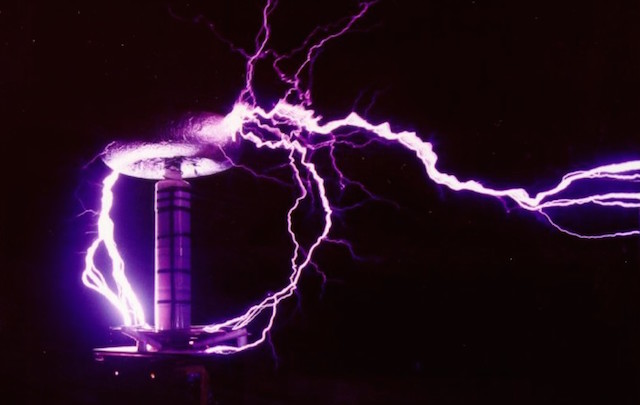
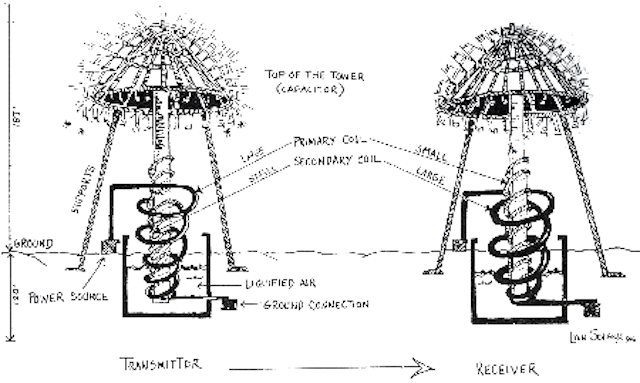
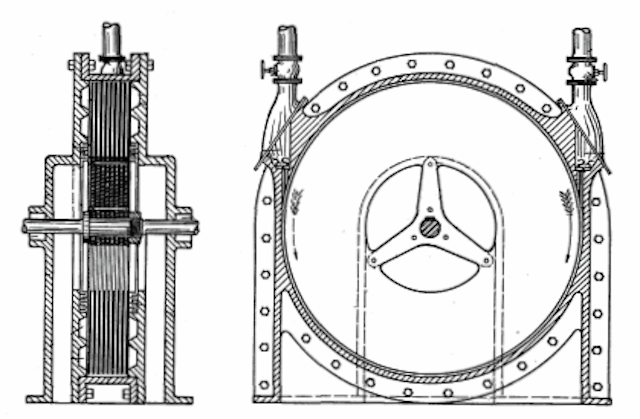
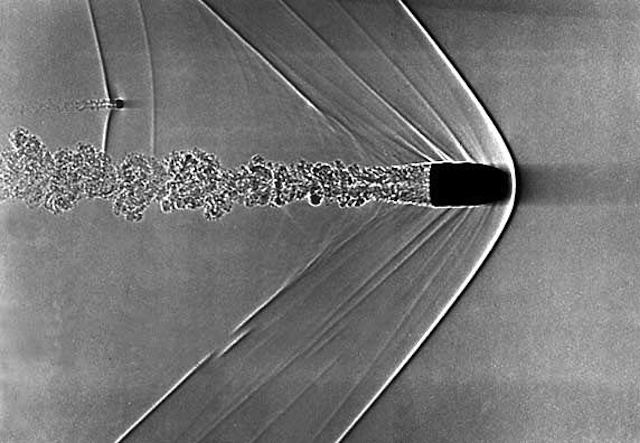
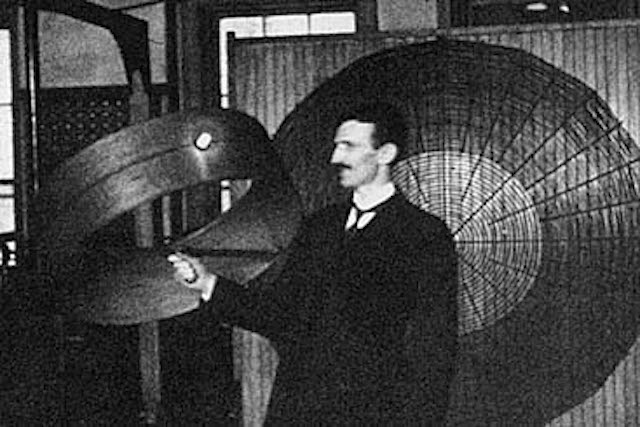
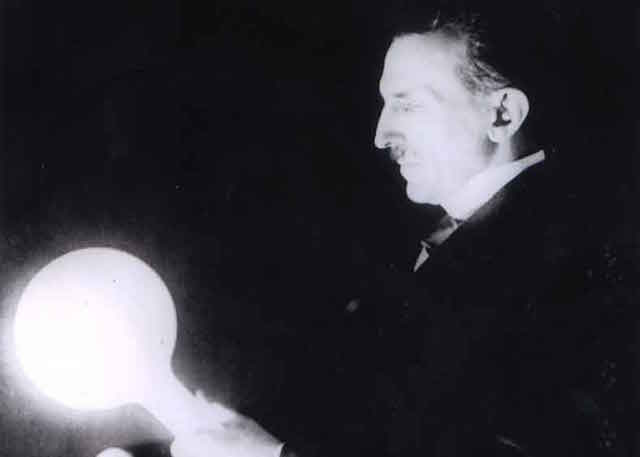

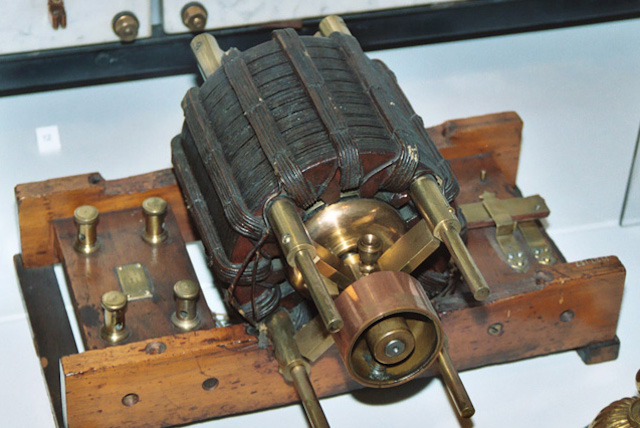
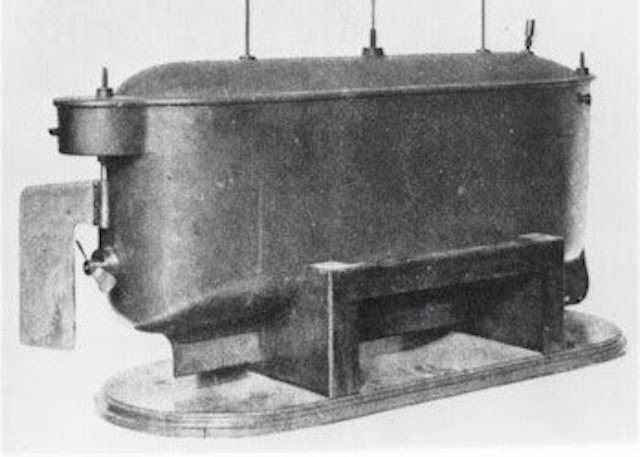
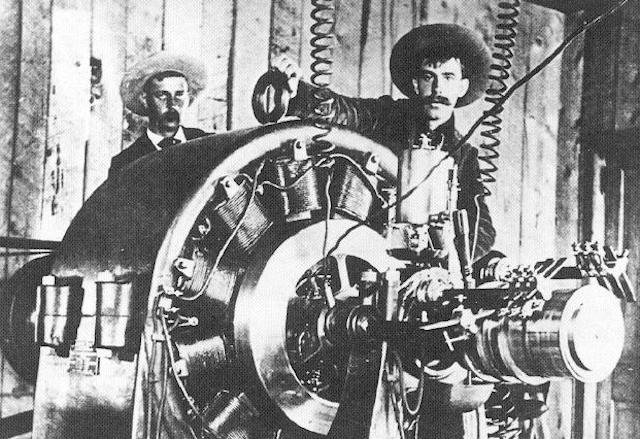
he is great inventor
ReplyDelete